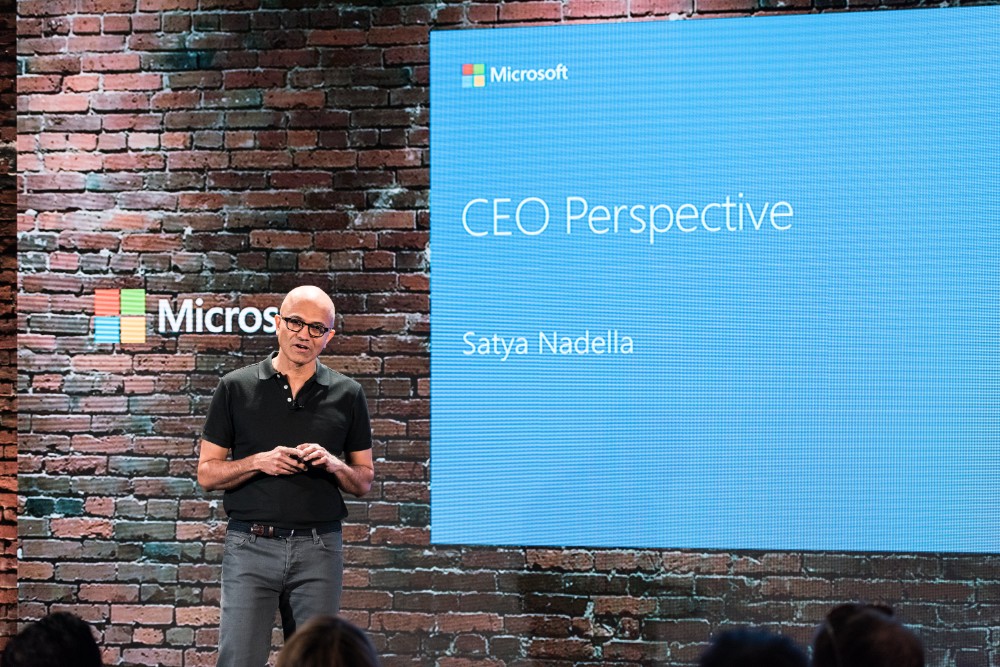When Satya Nadella was appointed CEO of Microsoft in January 2014, the company seemed headed towards irrelevance, like so many once-mighty tech firms before it. The organization that had so dominated the marketplace in the 90’s missed critical opportunities like the explosion of the mobile industry and social networks, while its culture devolved from innovative and performance-based to bureaucratic and internecine.
Nadella acted quickly to transform the company. In his very first email to employees, he emphasized cloud and mobile, as well as the need for innovation. In meetings and announcements, he avoided using the term “Windows,” to the point of eventually eliminating the Windows division in a reorganization—this in a company that was branded around “Windows.” He also instituted a “partner-positive” outlook—a contrast from Microsoft’s highly competitive approach—developing an acquisition strategy to expand their offerings to different customers.
Additionally, company morale was addressed: he eliminated the widely hated performance review system, known as stack ranking, which essentially mandated that managers give a certain rate of negative performance reviews, regardless of actual performance. And to break down silos and encourage faster ways of working, he launched the Microsoft Hackathon, bringing thousands of employees from different divisions together to work on new projects.
Within five years, Microsoft had made a remarkable recovery: it reached a $1 trillion valuation and was one of the wealthiest publicly listed companies in the world. And yet, Nadella described the milestone as “not meaningful” and that, in fact, celebrating would be “the beginning of the end.”
How to Lead Your Company’s Cultural Transformation
If you’re taking the reins of a stagnant organization that needs cultural transformation:
- Focus on the future and move quickly to demonstrate your commitment to change.
- Be open to where innovation comes from, but be ruthless about executing your strategy—even if it means eliminating profitable or historic projects.
- Review your incentive structures, as people will only do what they’re rewarded for.
- Encourage collaboration across teams and between employees, rather than forcing them to compete to get ahead.














